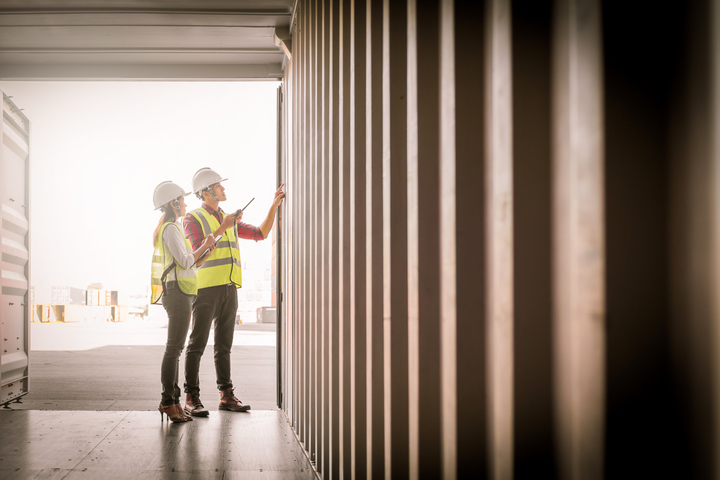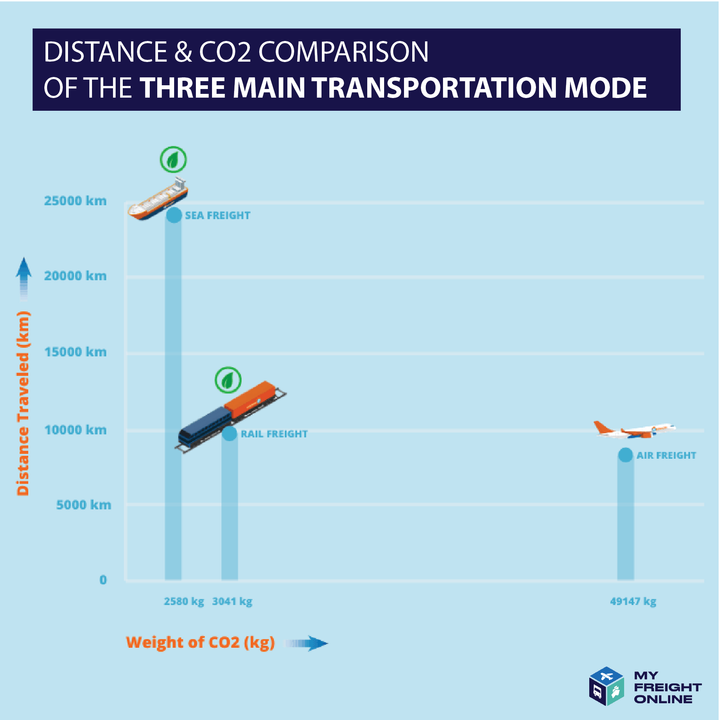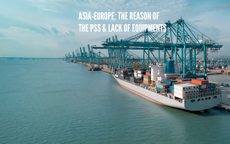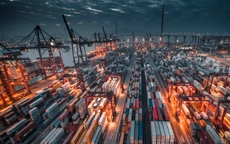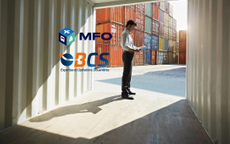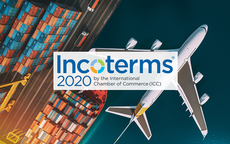The Belt and Road Initiative (BRI), proposed by the Chinese government in 2013, has increased the trade relation between China and Europe. The rail freight is an important element within the Initiative. Now, it is more and more commonly used by companies because of their cost efficiency, fast speed, safety, and low CO2 emissions. MyFreightOnline, expert in rail freight, expend its service among BRI to provide this new efficient alternative from China to Europe.
Following the step of Marco Polo, a new iron silk road has been built across the desert and mountains between China and Europe. In the past decade, China has spent over 90 billion dollars on building 12,000 kilometers of railways, which start from China all the way to the United Kingdom. Meanwhile, 66 countries in total have been deeply connected, which means mature transportation and logistics infrastructures have been implemented (Volvos). The alternative of rail transport between China, Central Asia, and Europe is now well established and available to companies looking for new solutions to their transport challenges.
As a digital freight forwarder, MyFreightOnline provides rail solutions between China and Europe and is committed to continuously improving its services and customer experience. Our solution is designed for companies that are seeking cost-efficient, environment-friendly, speedy and secure solutions for their transportation problems. We also offer our customers different types of transport options, including FCL (Full Container Load), LCL (Less than Container Load), and block train shipments.
THREE REASONS WHY RAIL FREIGHT IS A GOOD ALTERNATIVE:
REASON N. 1: IT'S SAVING TIME AND MONEY
Cost and transit times are the main considerations that lead customers to choose their type of transport. Rail, therefore, offers a new alternative on the market. We can see this advantage by comparing its cost with air freight: about 80% of the cost will be saved if customers choose to use rail freight instead of using air freight (The State Council Information Office). Although the speed of rail is not an advantage compared with air freight, the block train still takes less time than sea freight. According to the experience of our teams, the rail will save almost half of the transportation time compared with sea freight. It's consistent that the rail alternative combines the advantages of the air and sea freight. Another relevant mode of transport to compare with rail freight is multimodal transport, especially sea-air transportation. The cost and transit time between these two modes are similar. However, the mix of types of transportation and transshipment between the ship and the airplane results in more handling of the cargo, which may increase the probability of delays.
When we take a close look at the railway infrastructures, we can see many factors support rail freight to be cost-efficient and faster. The new railway infrastructures from BRI involve cutting edge consolidation centers and optimized networks (Hindawi). Depending on the strength of the domestic railway networks, CR Express can achieve high-level consolidation services within different terminals and distribution centers. Just as sea freight, efficient consolidation significantly increases the space of each container for rail freight, thus reducing the cost of each shipment. Also, a large number of terminals increases the convenience of shipments. Shipments can be sent regardless of the location of the outbound terminal, whether in northern or southern China. Moreover, only one or two days of trucking is needed to transport goods from warehouses (all over China) to the departure terminal.
In addition, the stability of rail freight should be mentioned. Unlike other types of transport, rail transport does not currently experience peak or off-peak seasons. So that its price remains relatively stable when other transportation methods are experiencing high demand. It is often a wise alternative to use rail, especially for the holiday season or the volume of the goods transported is high.
REASON N. 2: IT'S RELIABLE
Safety has been the primary concern for many companies intending to carry out shipments, especially shipments that need to be long-distance and transnational. Unlike sea freight, which can be heavily influenced by weather conditions, the railroad is a relatively safe and stable transportation mode. On one hand, trains' schedules are seldomly influenced by bad weather, strikes and other accidents, which ensures cargos to arrive at their destinations on time. On the other hand, the structure of the trains and the containers are very reliable compared with other transportation modes. In addition, our track & trace module provided by MyFreightOnline enables you to track your goods 24 hours a day, 7 days a week by using GPS.
For example, in early 2020, the coronavirus epidemic challenged the whole transportation industry. Many transportation methods have been severely limited due to economic decisions and government regulations. However, according to the data provided by CR Express, the volume of rail freight has increased surprisingly by 50% in April and 27% from January to April (Xinhua Net). Faced with the decline in air freight capacity and the sharp increase in the air freight cost, many companies have turned to rail transport. Unique advantages enable this big increase. As trains use staging transportation, train drivers don’t need to undergo quarantine periods, which does not slow down the transport process. Faced with the transportation challenges caused by COVID-19, the choice of rail solutions has been a good way to guarantee the punctuality and security of shipments.
REASON N. 3: IT'S REDUCING CO2 EMISSION
Each year, the transportation industry is responsible for 28% of total greenhouse gas emissions, having a significant impact on the environment we are living in. Protecting the environment and reducing carbon dioxide emissions is a long-term wish of MyFreightOnline and our partners. The rail freights solution is an environment-friendlier transportation mode.
According to the data provided by the Intergovernmental Panel on Climate Change (IPCC), the air freight discharges about 600 grams of CO2 per ton-kilometer, and a heavy-duty truck discharge more than 200 grams of CO2 with the same measurement. The rail and sea freight keep the emission at a very low level, which is only several grams of CO2 per ton-kilometer.
As an example to illustrate how the use of rail freight has a positive effect, suppose we have a cargo the size of a TEU and a weight of 10 tons from Zhengzhou in China to Hamburg in Germany. The whole shipment will produce about 50,000 kg of CO2 if we use air freight, but only about 3,000 kg of CO2 by using rail. The difference between these two modes is 47,000 kg, which is about the capacity of 2,115 mature trees absorbing dioxide for one year. In contrast to rail, the sea freight produces slightly less CO2, which is 2,580 kg, but the total distance of sea freight is 24,452 km, which is about two times more distance than rail freight. In the same example, multimodal transportation remains the largest CO2 producer, with 64,202 kg of CO2 emission and a distance one time longer than rail.
